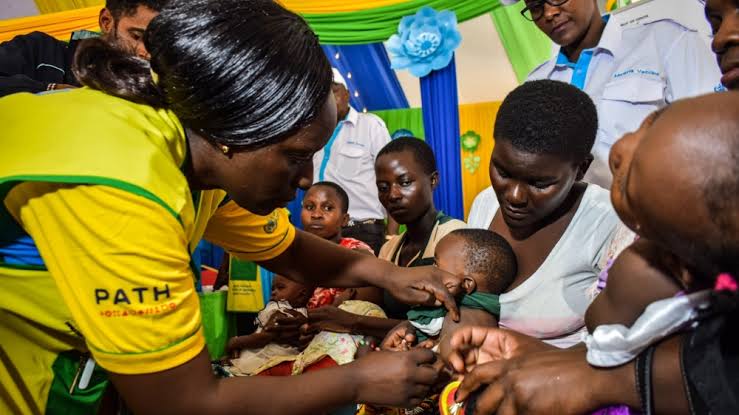World Health Organisation (WHO) says one million children in Ghana, Kenya and Malawi have now received one or more doses of the world’s first malaria vaccine, through a programme it piloted.
The malaria vaccine pilots, first launched by the Government of Malawi in April 2019, have shown the vaccine to be safe and feasible to deliver, and that it substantially reduces deadly severe malaria.
If widely deployed, WHO in a statement, estimated that the vaccine could save the lives of an additional 40,000 to 80,000 children each year.
“As a malaria researcher in my early career, I dreamed of the day we would have an effective vaccine against this devastating disease.
“This vaccine is not just a scientific breakthrough, it’s life-changing for families across Africa. It demonstrates the power of science and innovation for health.
“Even so, there is an urgent need to develop more and better tools to save lives and drive progress towards a malaria-free world,” the statement quoted Dr. Tedros Ghebreyesus, WHO Director-General, as saying.
The UN health agency stated that more than 155 million dollars had been secured from Gavi, the Vaccine Alliance to support the introduction, procurement and delivery of the malaria vaccine for Gavi-eligible countries in sub-Saharan Africa.
WHO guidance is available to countries as they consider whether and how to adopt RTS,S as an additional tool to reduce child illness and deaths from malaria.
RTS,S is a first-generation vaccine that could be complemented in the future by other vaccines with similar or higher efficacy.
WHO welcomes progress in the development of R21/Matrix-M and other malaria vaccine candidates in early clinical development.
The successful completion of clinical trials for these vaccines will be important to assess their safety and efficacy profiles.
WHO also welcomes the news from BioNTech, manufacturer of the Pfizer-BioNTech COVID-19 vaccine, that it aims to develop a malaria vaccine using mRNA technology.
According to the 2021 World malaria report, global progress in reducing malaria cases and deaths has slowed or stalled in recent years, particularly in countries hardest hit by the disease.
The report notes the need for continued innovation in the research and development of new tools if the world is to achieve the 2030 targets of the WHO malaria strategy.
Funding for malaria-related research and development reached just over 619 million dollars in 2020. An average annual Research and Development investment of 851 million dollars will be needed in the period 2021–2030.

WHO Confirms One Million African Children Vaccinated Against Malaria
Related Posts
Add A Comment

